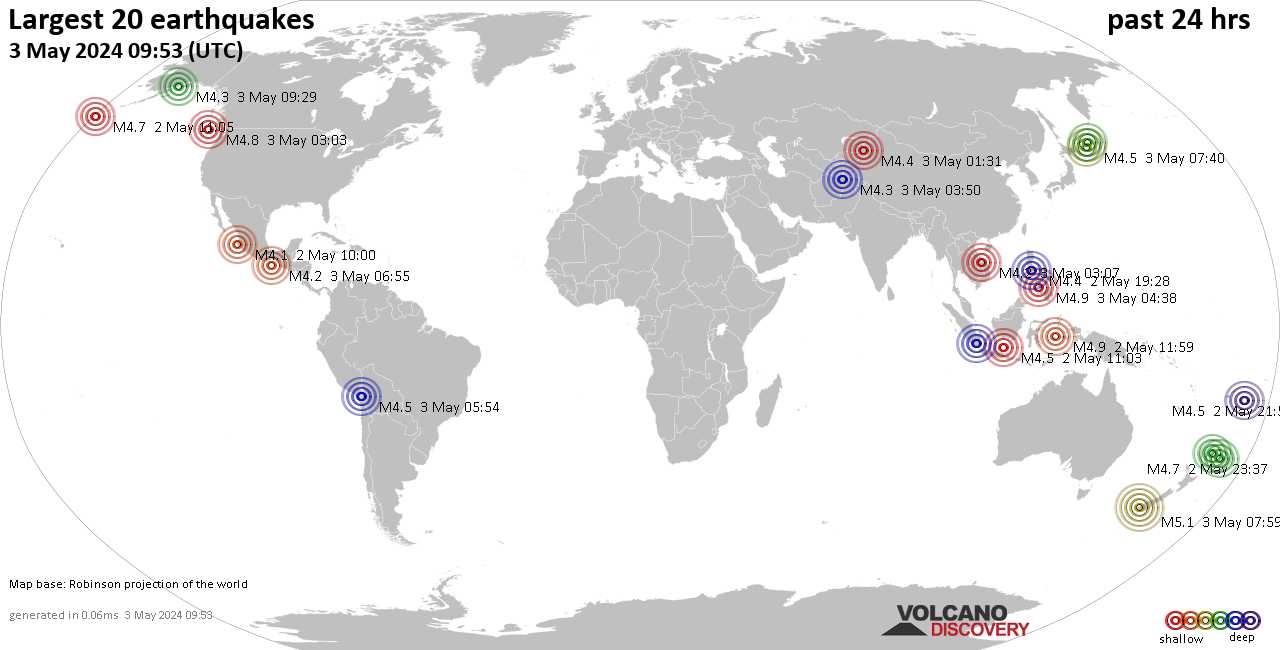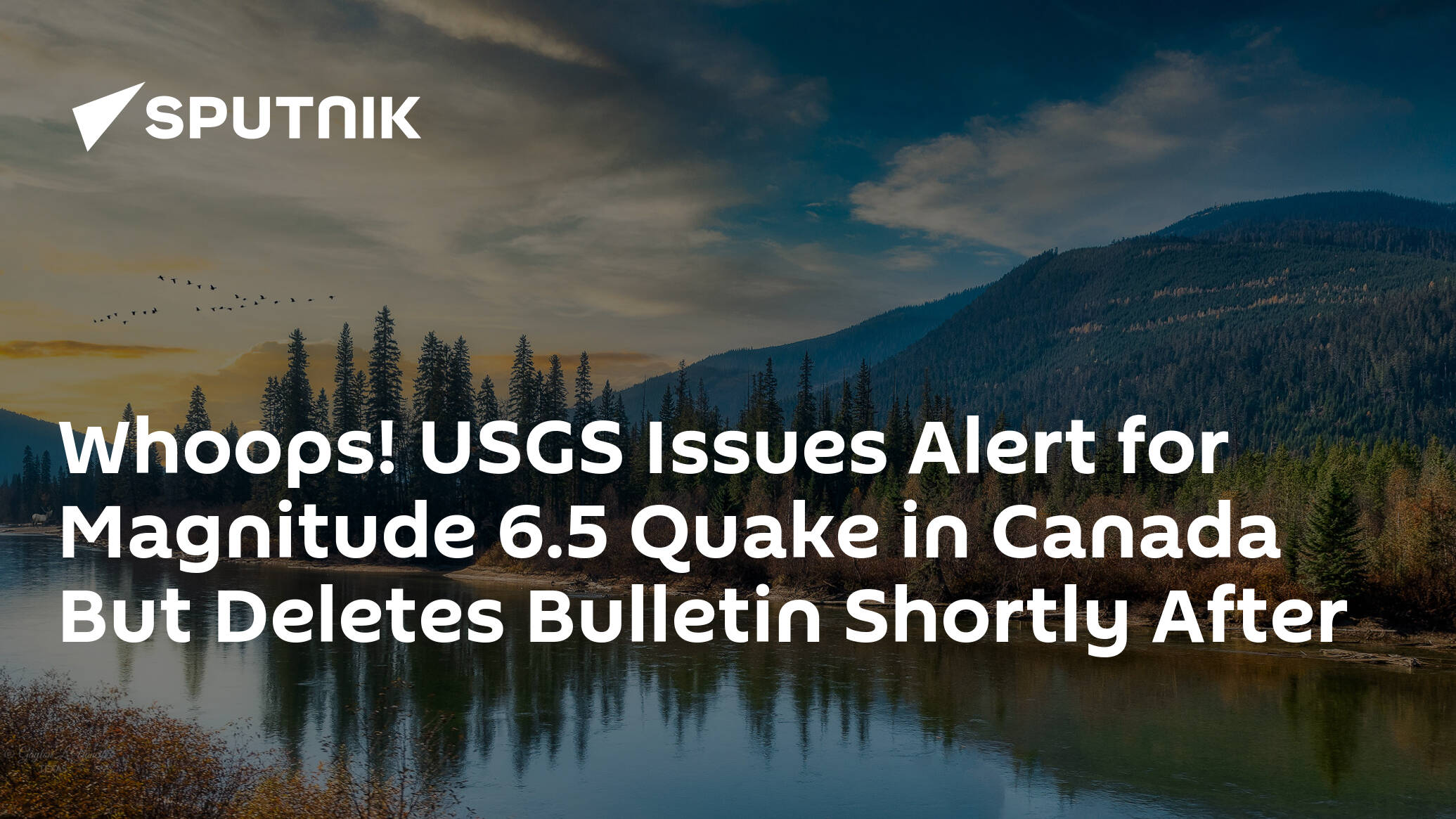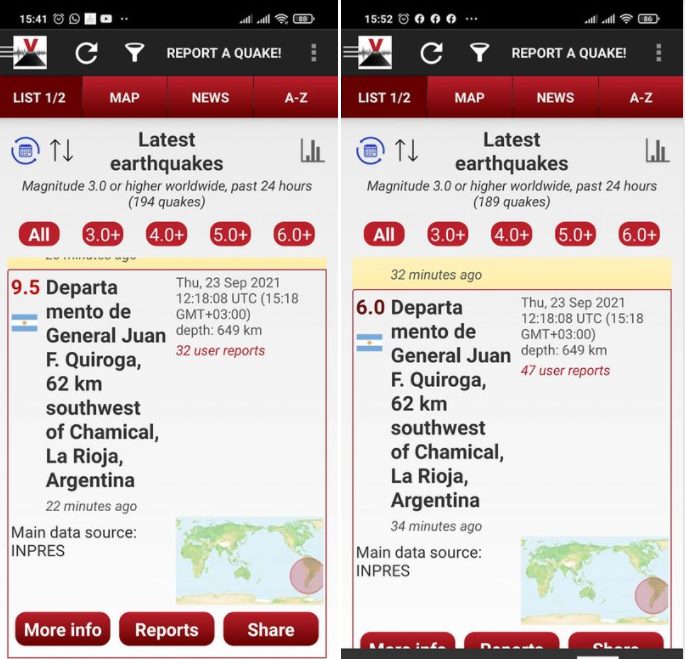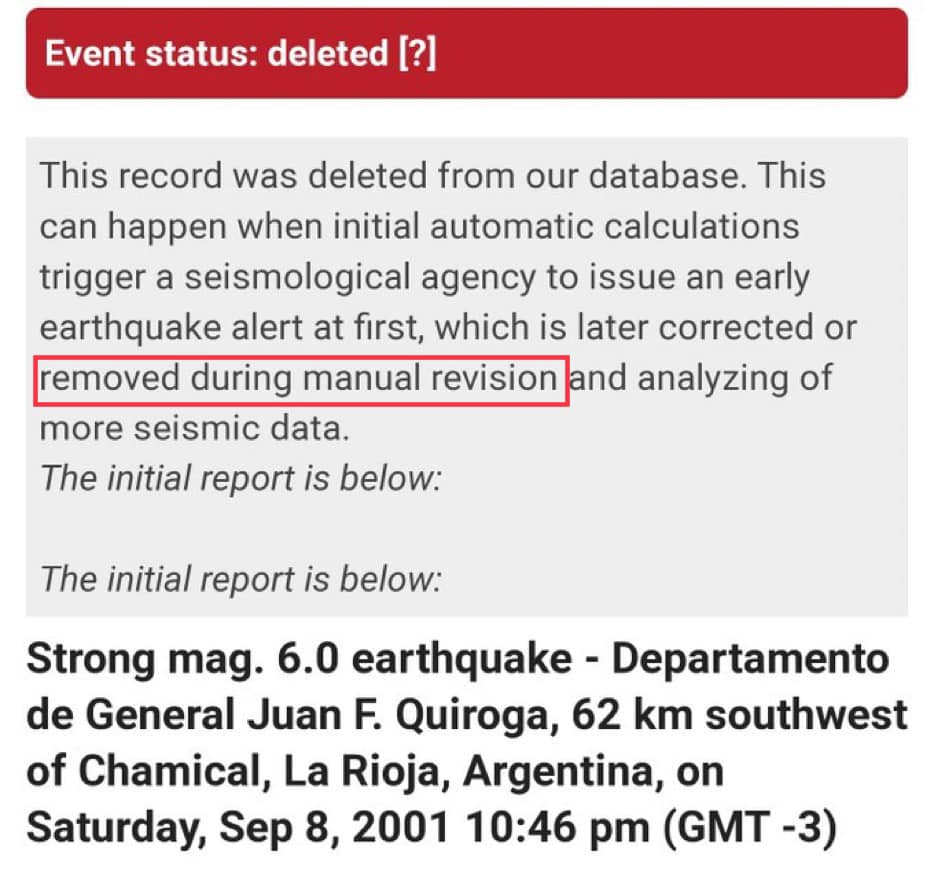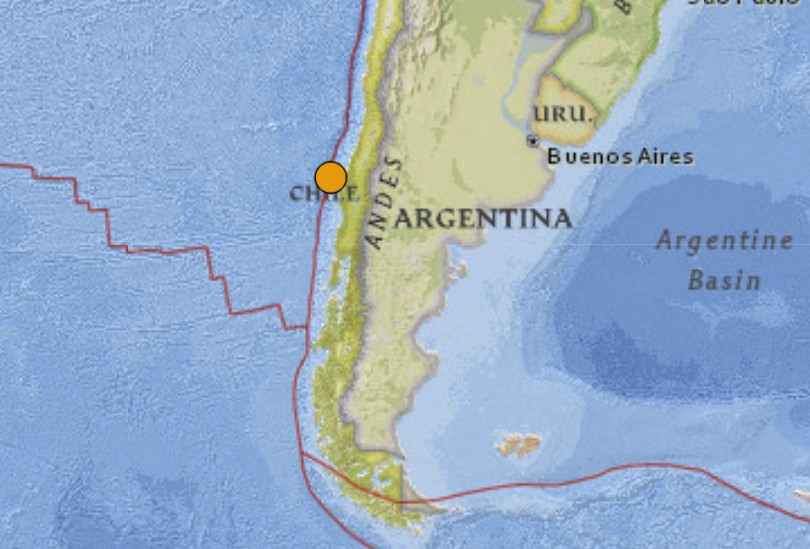During the past 24 hours, there were 2 quakes of magnitude 5.0 or above, 44 quakes between 4.0 and 5.0, 100 quakes between 3.0 and 4.0, and 196 quakes between 2.0 and 3.0. There were also 323 quakes below magnitude 2.0 which people don't normally feel.
Biggest quake today: 5.1 quake Hkamti District, Myanmar (Burma), 93 km southeast of Kohima, India, Sep 20, 2021 12:54 am (GMT +5:30) 19 hours ago
Most recent quake: 4.5 quake Banda Sea, Indonesia, Sep 20, 2021 11:09 pm (GMT +9) 34 minutes ago
Earthquakes Today: latest quakes worldwide during the past 24 hours on Monday, September 20, 2021 - list, stats and interactive map
10:23 AM | BY: T
The scenario of new eruptive fissures opening might be not that unlikely at all. The surface continues to inflate, which is a sign that more magma is being stored underground that (can erupt) erupts at the surface - the existing paths are not large enough. The volcano might choose to either enlarge them or create new ones.
A sizeable new cinder cone, typically described as “new volcano”, has already formed around the main vent. Lava fountains continue to shoot many tens of meters into the air from the most active vents.
Lava flows continued to advance, at an average speed of 700 m per hour, towards the west coast. The flows have already destroyed around a hundred homes in the municipality of El Paso, according to the first calculations of the Civil Protection. Fortunately, there has only been damage to property but not to people as the advance of the lava is slow enough to allow a managed evacuation and escape.
Scientists estimate that the available magma volume is between 17 and 20 million cubic meters of magma, according to the President of the Government of the Canary Islands, Ángel Víctor Torres. This amount far exceeds the 11 million cubic meters initially estimated by modelling the deformation observed prior to the eruption. For comparison, this represents less than half of the lava erupted during the 1971 Teneguía eruption, which was 43 million cubic meters.
The first estimate of the amount of sulfur dioxide (SO2) emitted into the atmosphere by the volcanic eruption is of the order of 6,000 —9,000 tons per day.
Seismic activity
The seismic activity on the island of La Palma continues although at lesser intensity and rate than during the buildup prior to the eruption. Since midnight, only 5 quakes above magnitude 2 and have been recorded so far, the largest a magnitude 3.0 event at 7.34 a.m. local time. However, the quakes are significant: The eruption could still evolve and new fissures could open up if the current pathways become blocked or other easier ways open up.
This scenario might not be very likely, but the quakes in the area suggest that underground, magma flow has not stabilized yet, and magma pressure is still breaking rocks to intrude into new dikes. If these propagate to the surface, a new fissure would open and lava could travel in different areas. In addition to a constant, strong volcanic tremor signal reflecting the flow of magma dominates the seismic recordings.
"La Palma volcano eruption update: lava flows destroy houses, might reach the sea / VolcanoDiscovery" https://www.volcanodiscovery.com/la-palma/news/141924/La-Palma-volcano-eruption-update-lava-flows-destroy-houses-might-reach-the-sea.html
Biggest quake today: 5.1 quake Hkamti District, Myanmar (Burma), 93 km southeast of Kohima, India, Sep 20, 2021 12:54 am (GMT +5:30) 19 hours ago
Most recent quake: 4.5 quake Banda Sea, Indonesia, Sep 20, 2021 11:09 pm (GMT +9) 34 minutes ago
Earthquakes Today: latest quakes worldwide during the past 24 hours on Monday, September 20, 2021 - list, stats and interactive map
La Palma volcano update: Surface continues to deform, uplift reaches 19 cm
Mon, 20 Sep 2021, 10:2310:23 AM | BY: T
The scenario of new eruptive fissures opening might be not that unlikely at all. The surface continues to inflate, which is a sign that more magma is being stored underground that (can erupt) erupts at the surface - the existing paths are not large enough. The volcano might choose to either enlarge them or create new ones.
A sizeable new cinder cone, typically described as “new volcano”, has already formed around the main vent. Lava fountains continue to shoot many tens of meters into the air from the most active vents.
Lava flows continued to advance, at an average speed of 700 m per hour, towards the west coast. The flows have already destroyed around a hundred homes in the municipality of El Paso, according to the first calculations of the Civil Protection. Fortunately, there has only been damage to property but not to people as the advance of the lava is slow enough to allow a managed evacuation and escape.
Scientists estimate that the available magma volume is between 17 and 20 million cubic meters of magma, according to the President of the Government of the Canary Islands, Ángel Víctor Torres. This amount far exceeds the 11 million cubic meters initially estimated by modelling the deformation observed prior to the eruption. For comparison, this represents less than half of the lava erupted during the 1971 Teneguía eruption, which was 43 million cubic meters.
The first estimate of the amount of sulfur dioxide (SO2) emitted into the atmosphere by the volcanic eruption is of the order of 6,000 —9,000 tons per day.
Seismic activity
The seismic activity on the island of La Palma continues although at lesser intensity and rate than during the buildup prior to the eruption. Since midnight, only 5 quakes above magnitude 2 and have been recorded so far, the largest a magnitude 3.0 event at 7.34 a.m. local time. However, the quakes are significant: The eruption could still evolve and new fissures could open up if the current pathways become blocked or other easier ways open up.
This scenario might not be very likely, but the quakes in the area suggest that underground, magma flow has not stabilized yet, and magma pressure is still breaking rocks to intrude into new dikes. If these propagate to the surface, a new fissure would open and lava could travel in different areas. In addition to a constant, strong volcanic tremor signal reflecting the flow of magma dominates the seismic recordings.
"La Palma volcano eruption update: lava flows destroy houses, might reach the sea / VolcanoDiscovery" https://www.volcanodiscovery.com/la-palma/news/141924/La-Palma-volcano-eruption-update-lava-flows-destroy-houses-might-reach-the-sea.html

